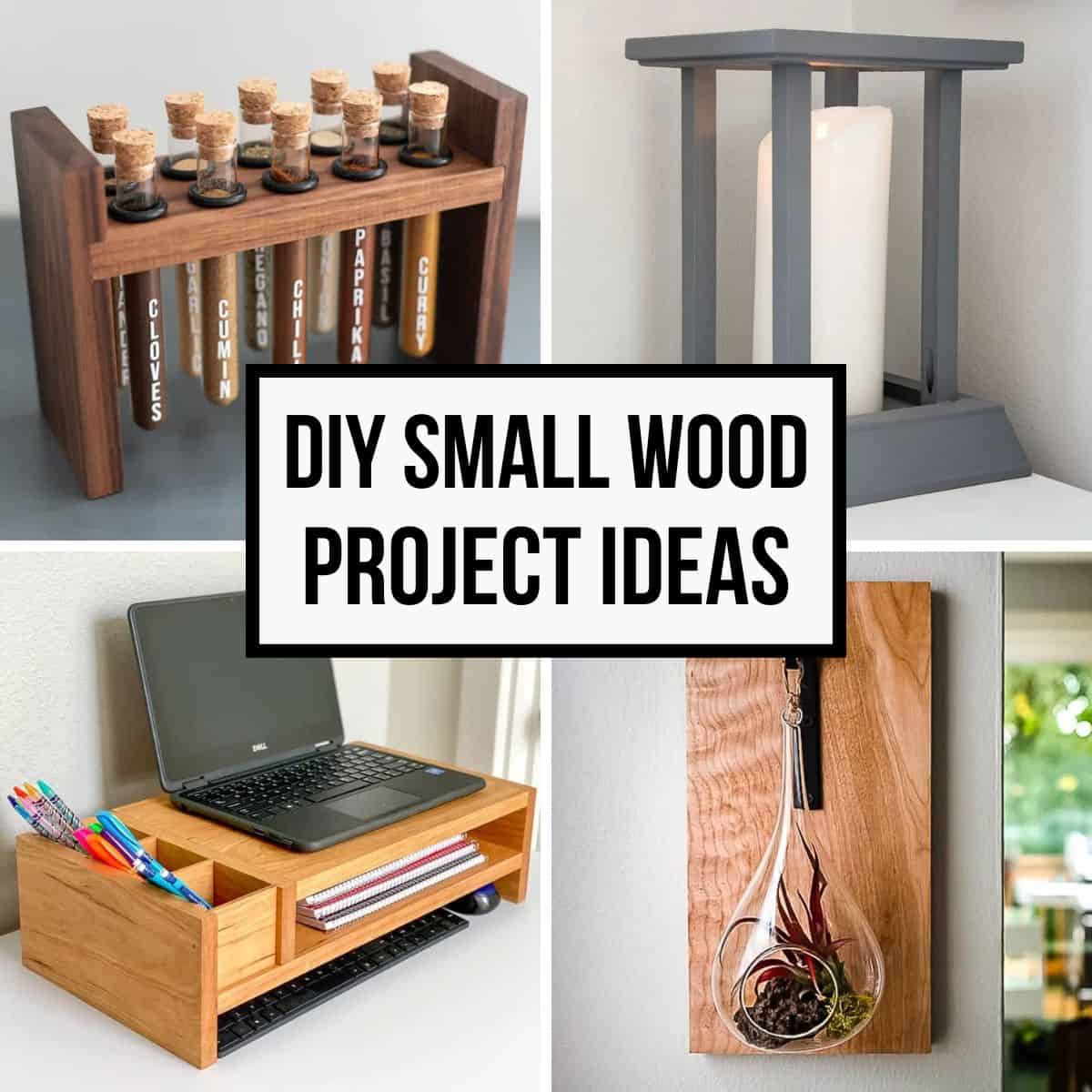Crafting a Rustic Elegance: Comprehensive DIY Farmhouse Table Plans This document provides a detailed guide for constructing a sturdy and aesthetically pleasing farmhouse table using readily available materials and straightforward woodworking techniques. The plans are designed to be adaptable to...
Sunday, February 2, 2025
Saturday, February 1, 2025
Futon Woodworking Plans for Cozy Living Spaces

Futon Woodworking Plans for Cozy Living Spaces The enduring appeal of the futon lies in its adaptability, seamlessly transitioning from a comfortable sofa during the day to a practical sleeping surface at night. While readily available commercially, constructing a futon frame from scratch offers...
Creative Beginner Woodworking Projects for New Crafters

Jump into Woodworking: Fun & Easy Projects for Beginners So, you're thinking about trying woodworking? Awesome! It's a super rewarding hobby that lets you create beautiful and useful things with your own two hands. But where do you even begin? The world of woodworking can feel overwhelming at...
Sunday, January 26, 2025
Pallet Wood Designs

Unlocking the Rustic Charm: Creative Pallet Wood Designs Repurposed pallet wood offers a wealth of possibilities for the creative home crafter. Its inherent rustic charm, coupled with its affordability and readily available supply, makes it a coveted material for a multitude of projects. From...
Saturday, January 25, 2025
Personalized Wood Signs for Home, Offices, or Events

Personalized Wood Signs: Elevating Spaces with Crafted Elegance In the realm of interior design and event planning, personalized touches hold immense significance. They transform ordinary spaces into personalized havens, reflecting individual style and creating lasting memories. Among the myriad...
Beginner-Friendly DIY Cutting Board Plans with Step-by-Step Instructions

Craft Your Dream Cutting Board: A Beginner's Guide Hey there, fellow crafters! Ready to ditch the boring, mass-produced cutting boards and make something truly special? You’re in the right place! This guide will walk you through creating your own beautiful and functional cutting board, even...
Wednesday, November 20, 2024
Easy-to-Follow Wood Project Ideas for Beginners and Experts Alike

Easy-to-Follow Wood Project Ideas for Beginners and Experts Alike Hey there, woodworking enthusiasts! Whether you're just starting out or have a few projects under your belt, there's always something new to learn and create. So, let's dive into some fantastic wood project ideas that are sure to...
Subscribe to:
Posts (Atom)
ブログ アーカイブ
Powered by Blogger.
